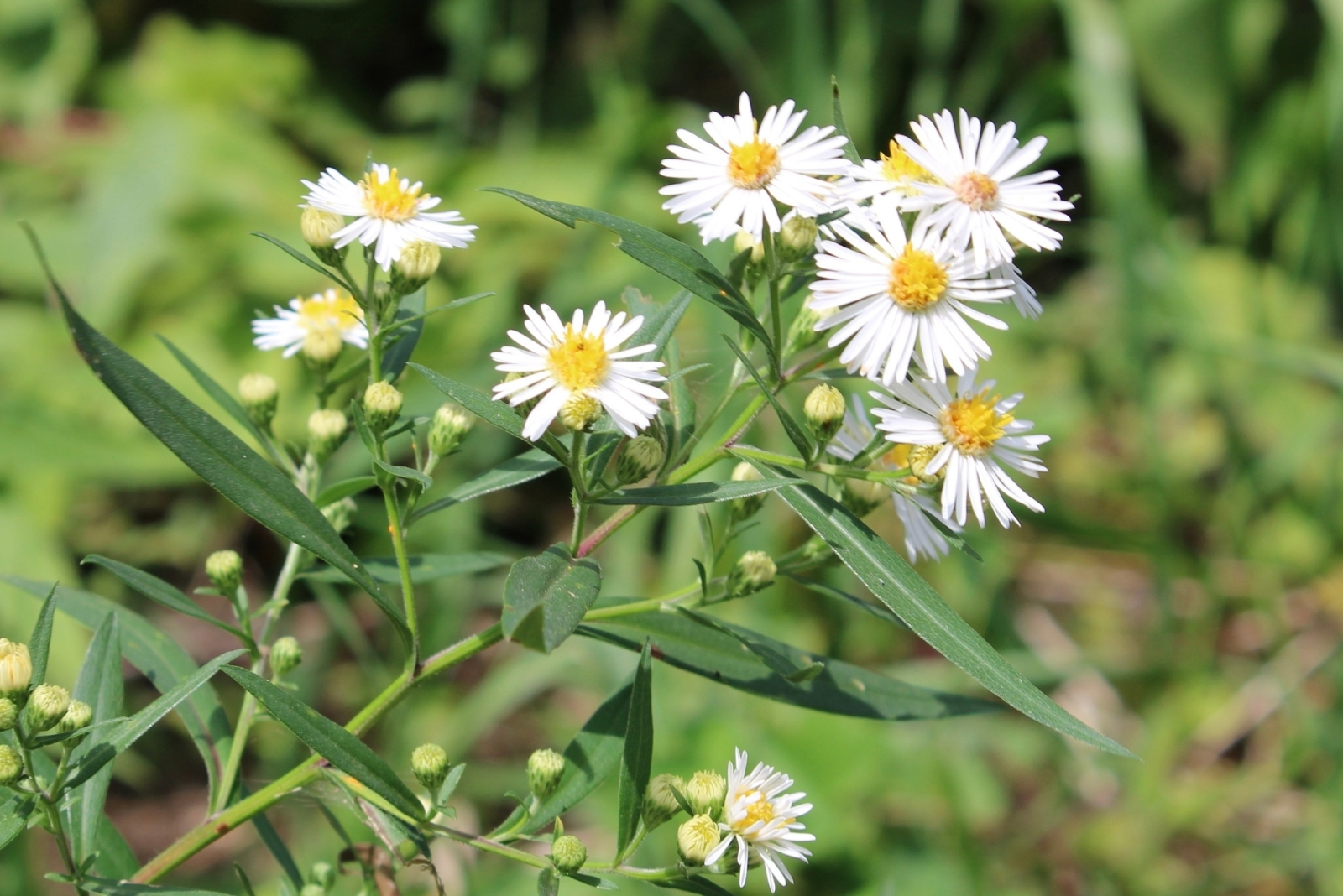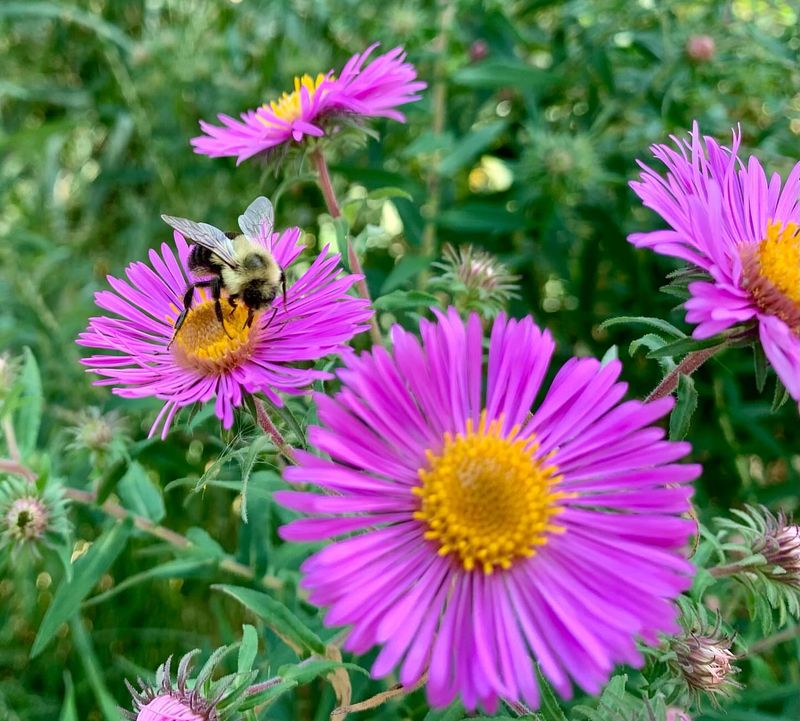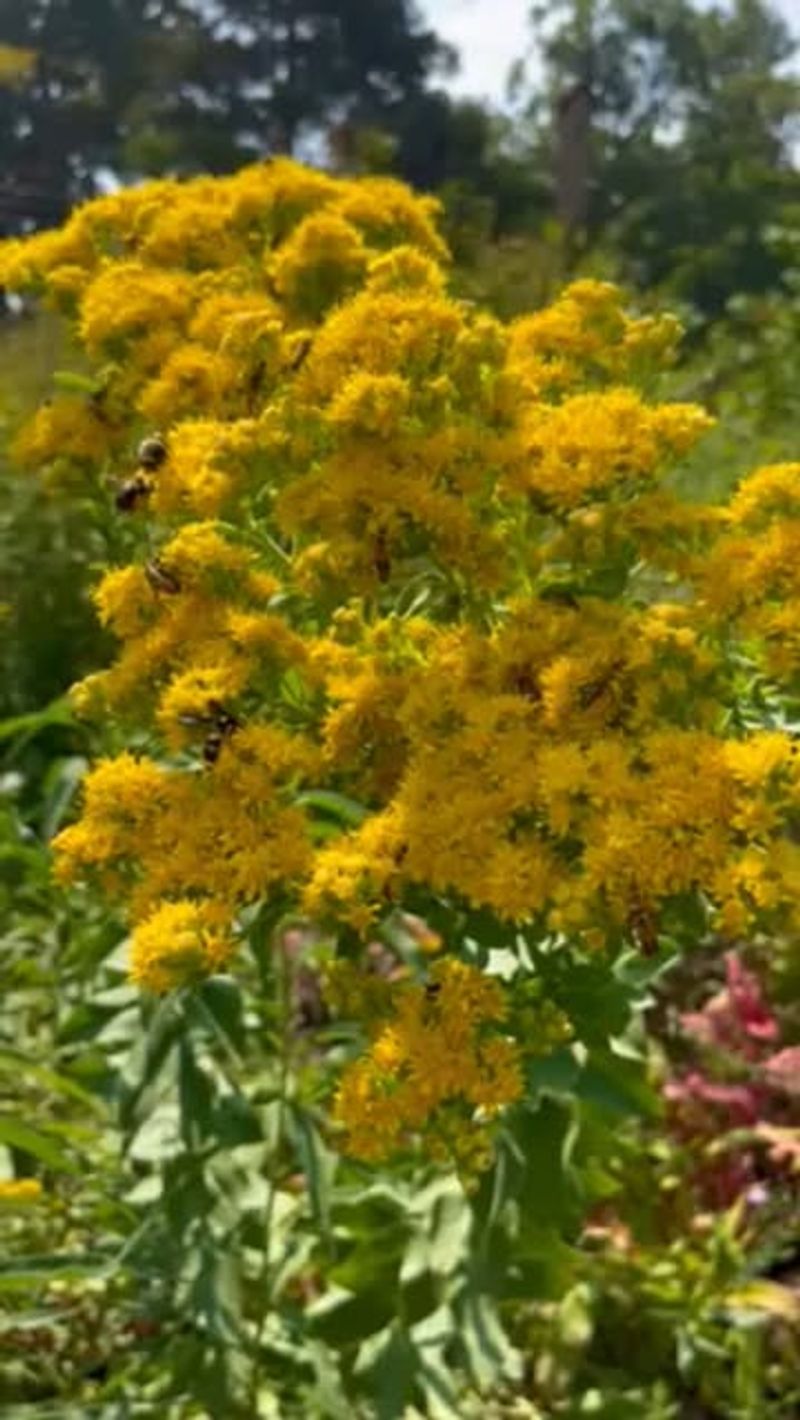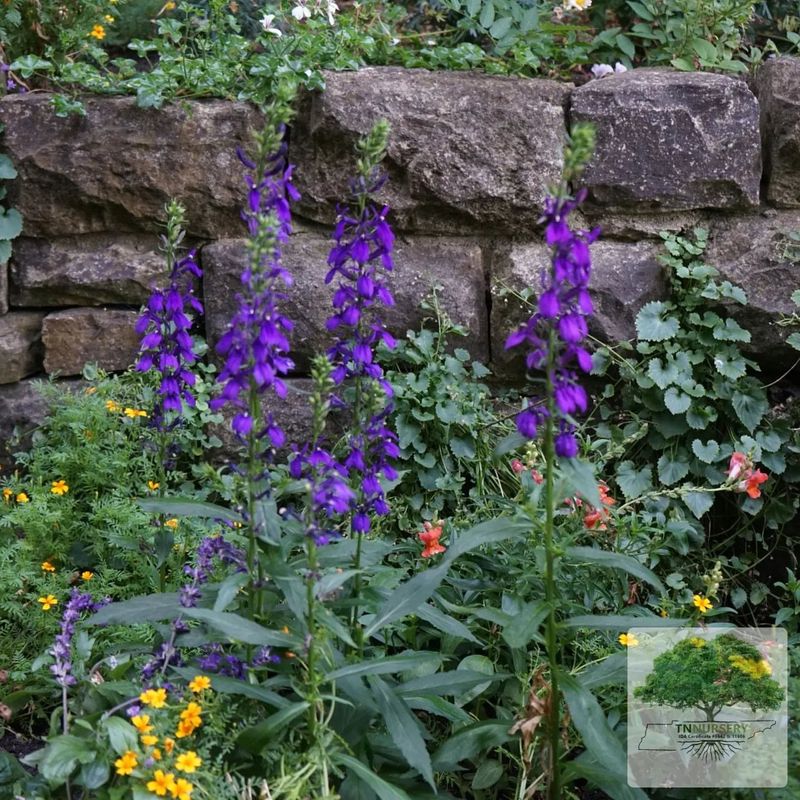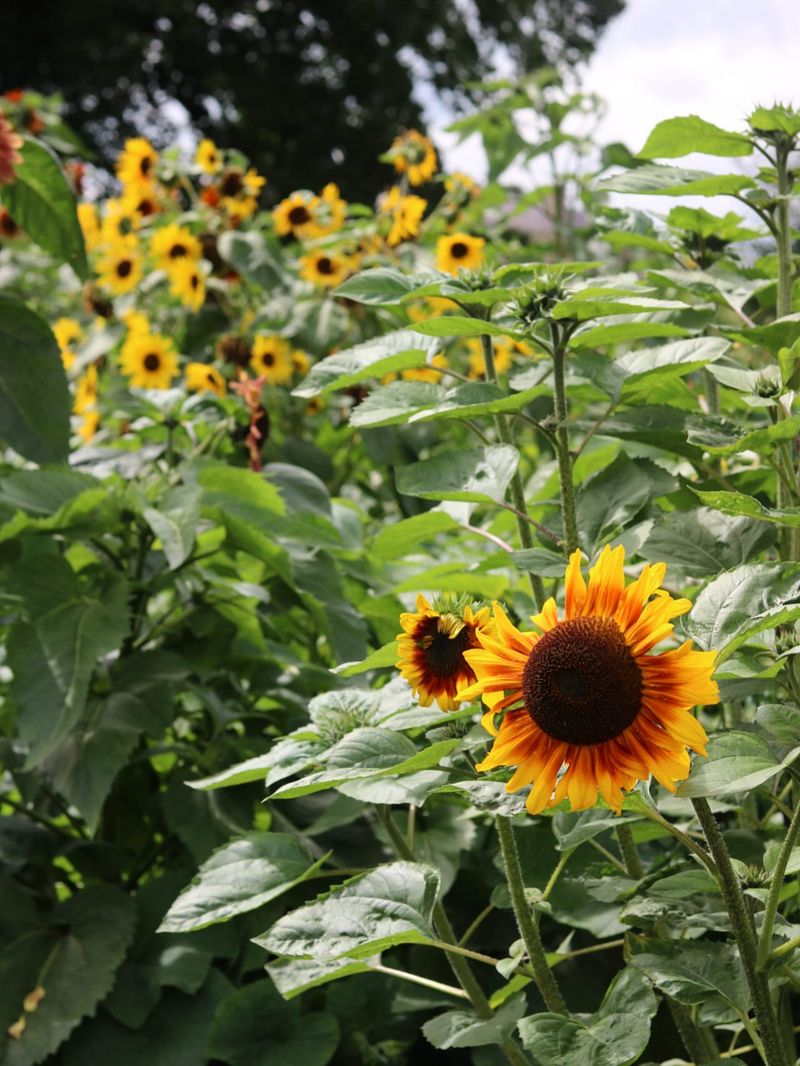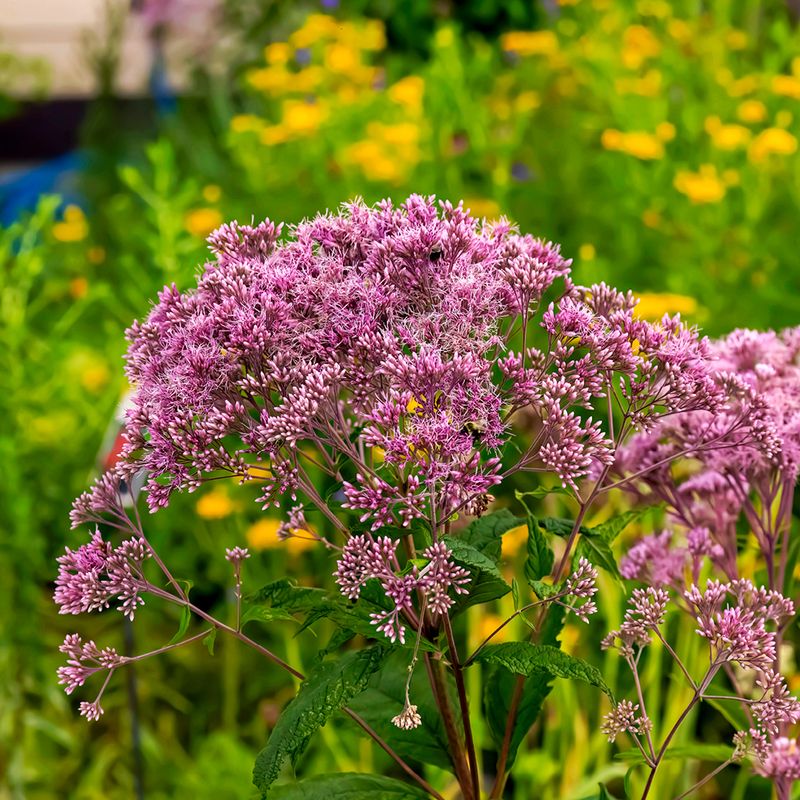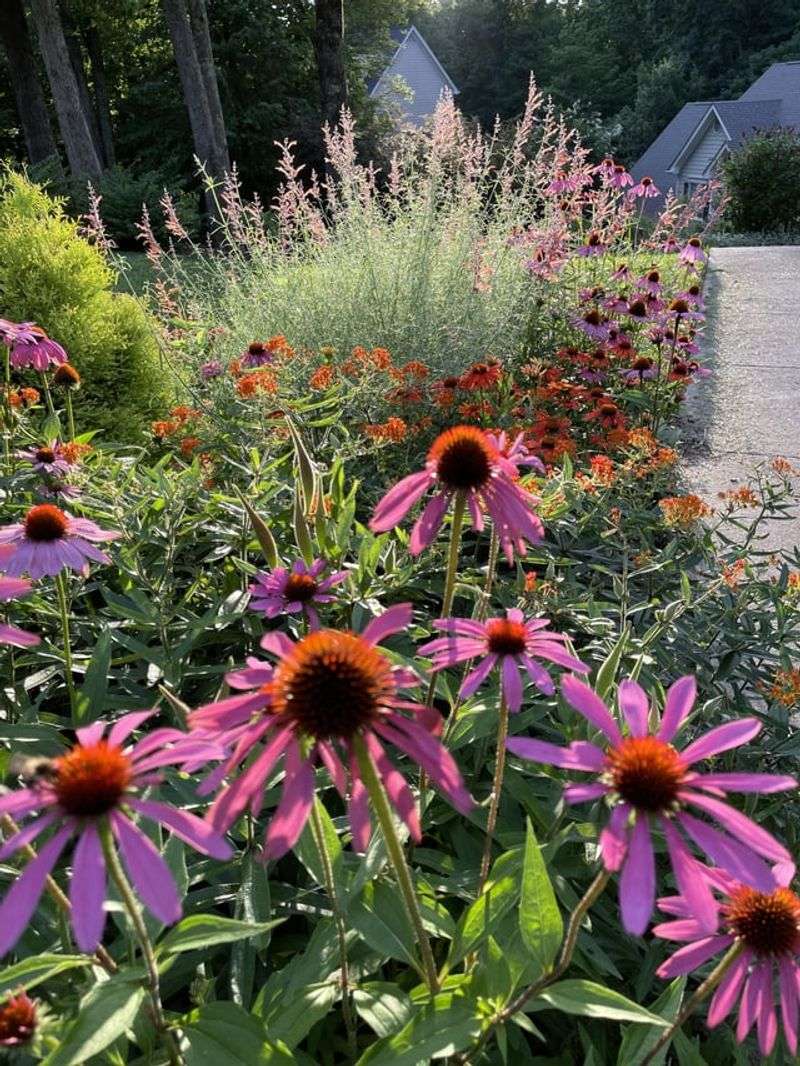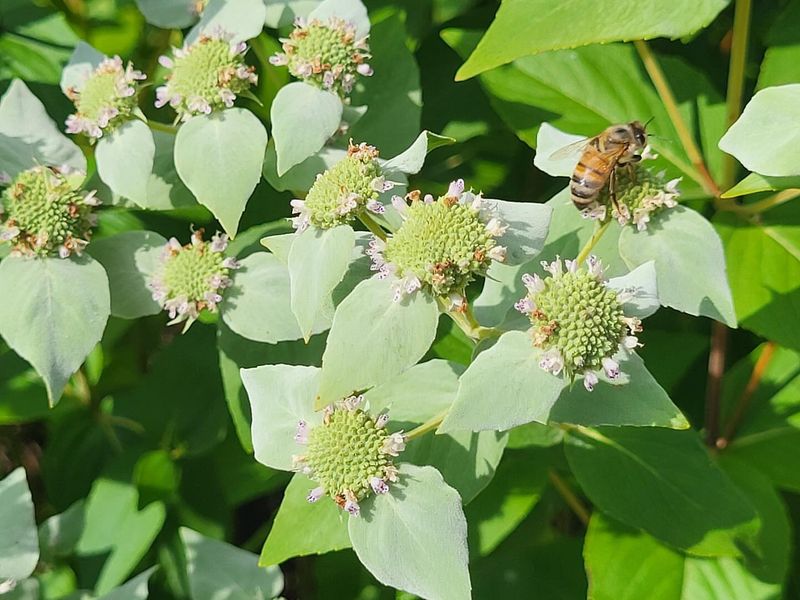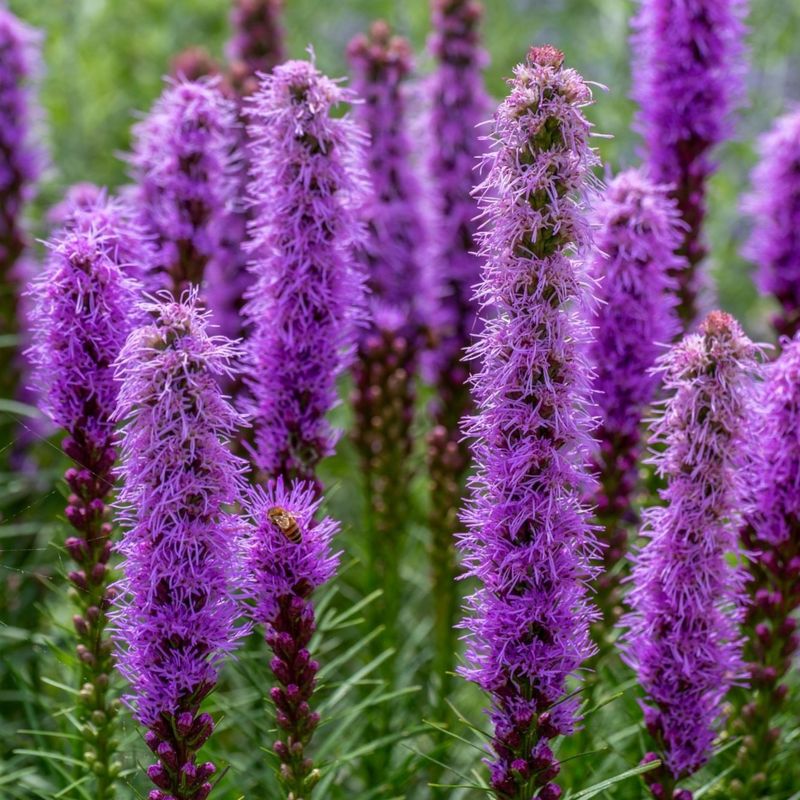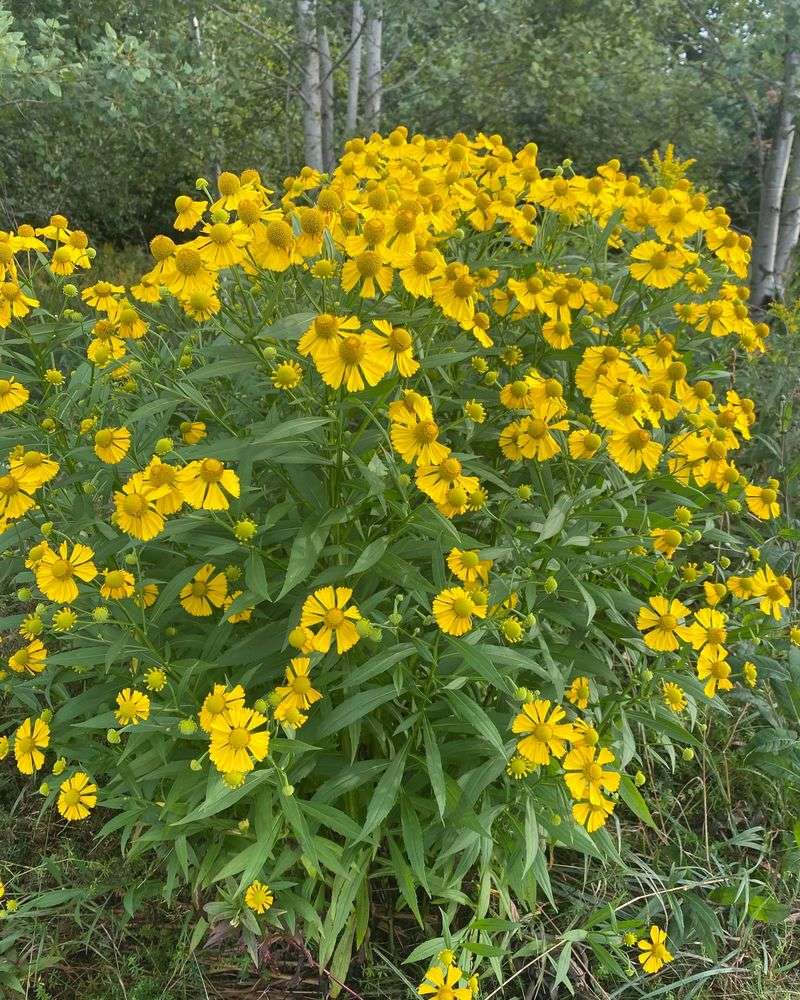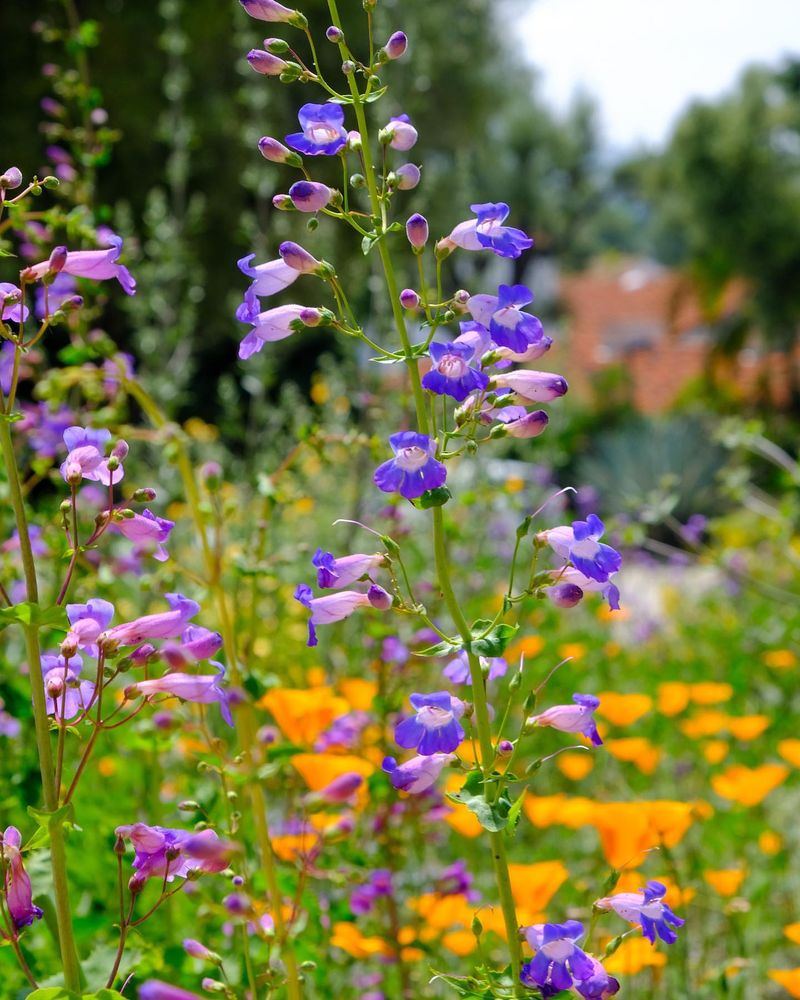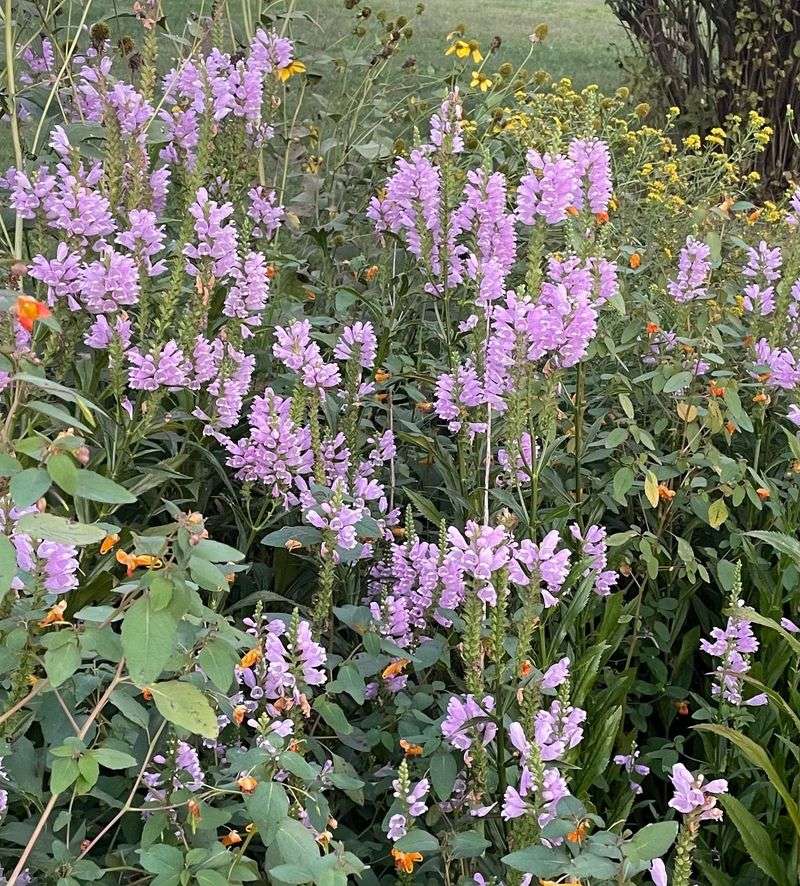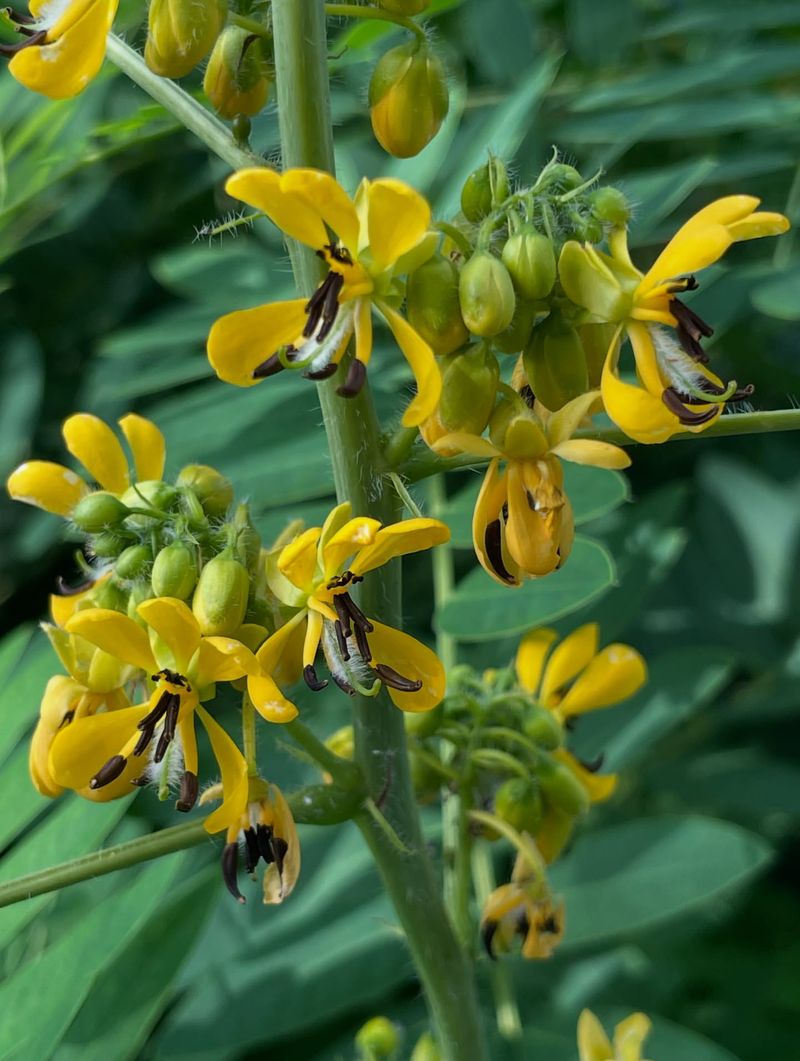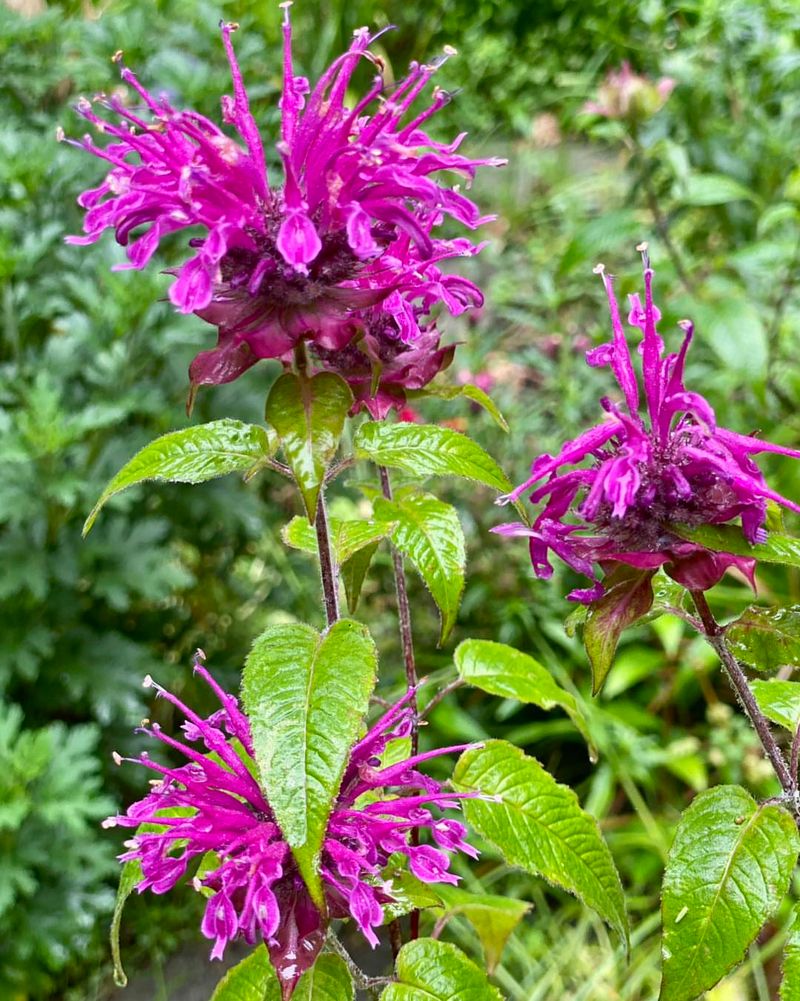Raleigh yards have a wonderful opportunity this fall to welcome a burst of color and life with wildflower chaos planting. Letting flowers grow freely creates a playful, natural vibe that pollinators love to explore.
This mix of blooms attracts butterflies, bees, and other helpful insects, turning your yard into a buzzing paradise. It’s an easy way to add beauty without the fuss of strict garden plans.
Embracing a little chaos could be just the thing to make your yard a fall favorite for pollinators.
1. Native Asters
Purple asters thrive in North Carolina’s fall climate, offering crucial late-season nectar. Bees absolutely love these starry blooms that appear when other flowers have called it quits for the year.
Just scatter seeds in a sunny corner of your Raleigh yard and watch nature take over. No need for perfect rows—these resilient natives prefer a bit of beautiful chaos!
2. Goldenrod Clusters
Forget the myth about goldenrod causing allergies—that’s actually ragweed’s fault! Goldenrod creates stunning yellow bursts throughout Raleigh landscapes while providing essential food for migrating monarchs and countless other insects.
Plant these North Carolina natives in clusters rather than single specimens. Their golden plumes create dramatic impact when allowed to spread naturally among other fall bloomers.
3. Ironweed Towers
Standing tall at 4-6 feet, ironweed’s vibrant purple blooms create dramatic vertical interest in any wild garden space. Butterflies flock to these majestic towers that seem to catch fire in the late afternoon Raleigh sunshine.
Many North Carolina gardeners overlook this native powerhouse. Simply broadcast seeds in a sunny spot with decent drainage and stand back—nature handles the rest!
4. Sunflower Sanctuaries
Late-blooming sunflower varieties provide both nectar and seeds for pollinators preparing for winter. Their cheerful faces track the sun across Raleigh’s autumn skies while goldfinches perform acrobatic feats to reach their seeds.
North Carolina gardeners can create instant impact by planting multiple varieties at different heights. Let them self-seed and return year after year in surprising new locations!
5. Joe-Pye Weed
Despite its humble name, Joe-Pye weed produces magnificent mauve flower clusters that butterflies find irresistible. Its vanilla-scented blooms perfume Raleigh gardens well into October when most flowers have faded away.
This North Carolina native thrives in those tricky damp spots where other plants struggle. Simply toss seeds in low areas and let this pollinator magnet establish itself naturally.
6. Coneflower Colonies
Leave those spent coneflower heads standing through fall instead of deadheading! Goldfinches and chickadees will thank you as they feast on seeds while bees still gather nectar from late bloomers.
North Carolina’s clay soils actually benefit these prairie natives. Raleigh gardeners can create striking drifts by simply broadcasting seeds and allowing them to naturalize wherever they please.
7. Mountain Mint
Mountain mint might be the single most attractive plant to beneficial insects in all of North Carolina! Its silvery bracts and tiny flowers host an astonishing diversity of native bees, wasps, and butterflies well into autumn.
Unlike aggressive regular mints, this Raleigh-friendly native stays relatively contained. Scatter seeds among taller plants where its aromatic foliage will deter garden pests naturally.
8. Blazing Star
Liatris spikes create vertical purple rockets that monarchs can’t resist during their fall migration through Raleigh. These drought-tolerant natives thrive in poor soil where many fussier plants would fail miserably.
North Carolina gardeners love how blazing stars naturalize without becoming invasive. Simply scatter seeds in sunny spots and enjoy the pollinator parade they’ll attract year after year.
9. Sneezeweed
Don’t let the name fool you—sneezeweed won’t make you sneeze! This North Carolina native produces cheerful yellow-orange daisy-like flowers that bees absolutely adore during the critical fall feeding period.
Raleigh gardeners appreciate how these sturdy plants stand up to summer heat and continue blooming through autumn. Broadcast seeds in moist areas for best results in your wild garden.
10. Penstemon Patches
Fall-blooming penstemons offer tubular flowers perfectly shaped for hummingbirds making their way south through North Carolina. Their speckled throats and jewel-toned colors add drama to autumn gardens when most plants are fading.
Raleigh’s well-drained soils provide ideal conditions for these drought-tolerant beauties. Scatter seeds now for blooms next fall—they’ll return reliably for years with zero maintenance.
11. Obedient Plant
Despite its name, there’s nothing obedient about how this North Carolina native spreads—which makes it perfect for chaos gardening! Its pink snapdragon-like flowers appear when most gardens have given up for the season.
Raleigh bumblebees particularly love working these late-season blooms. Toss seeds in partly shaded areas where other plants struggle and watch this resilient native thrive with zero care.
12. Wild Senna
Yellow pea-like flowers transform into dramatic black seedpods that add architectural interest to Raleigh winter gardens. This North Carolina native also serves as host plant for sulphur butterflies, completing their entire lifecycle right in your yard.
Unlike many wildflowers, senna’s large seeds need a head start. Press them into bare soil this fall and they’ll surprise you next summer with their tropical-looking compound leaves.
13. Bee Balm Bonanza
Late-season varieties of bee balm continue blooming well into fall, providing crucial nectar for Raleigh’s native bees. Their spiky, firework-like flowers in shades of purple, pink and red create dramatic focal points in wild gardens.
North Carolina’s humidity actually benefits these aromatic natives. Scatter seeds now in sunny spots where their minty fragrance will perfume your garden when crushed by autumn rains.

